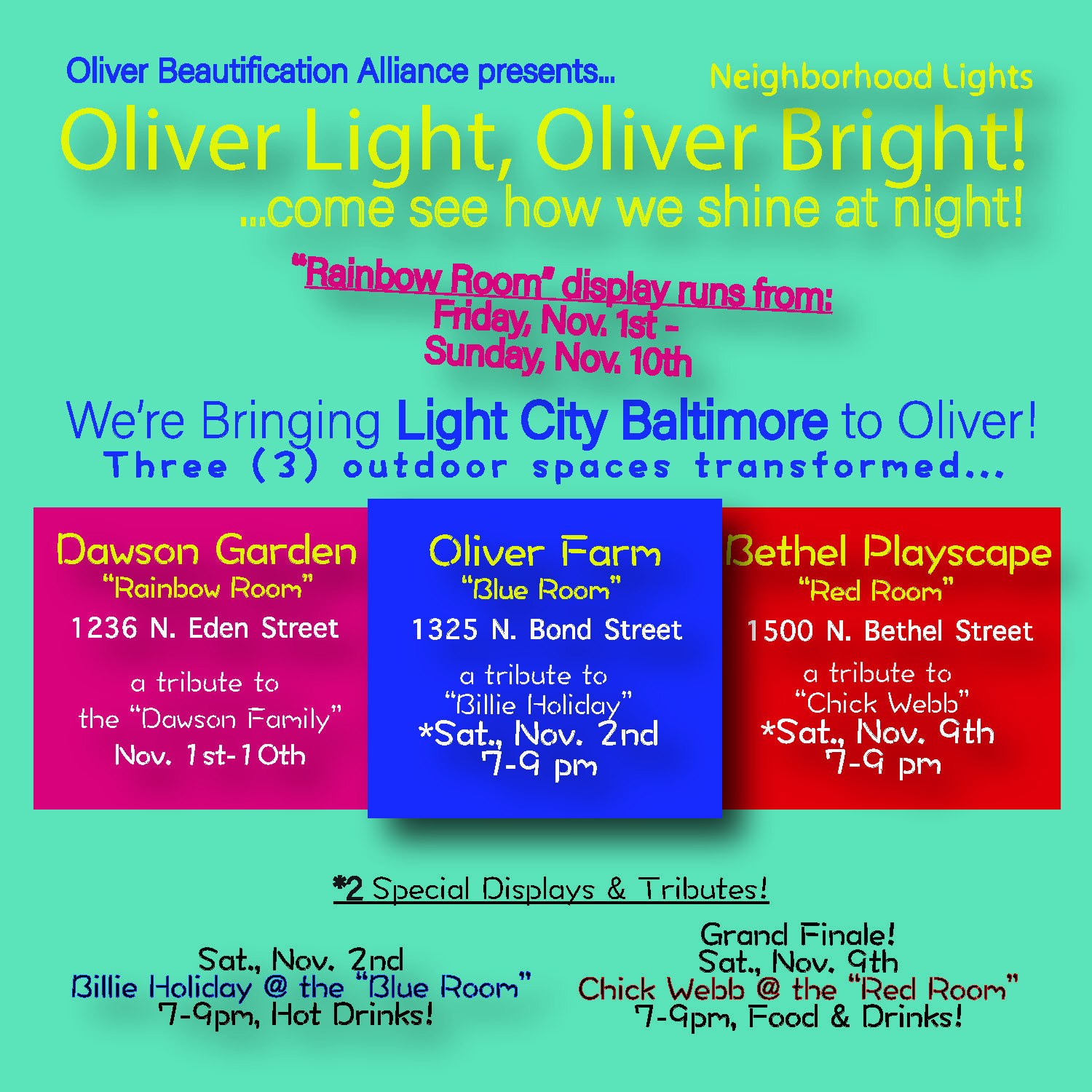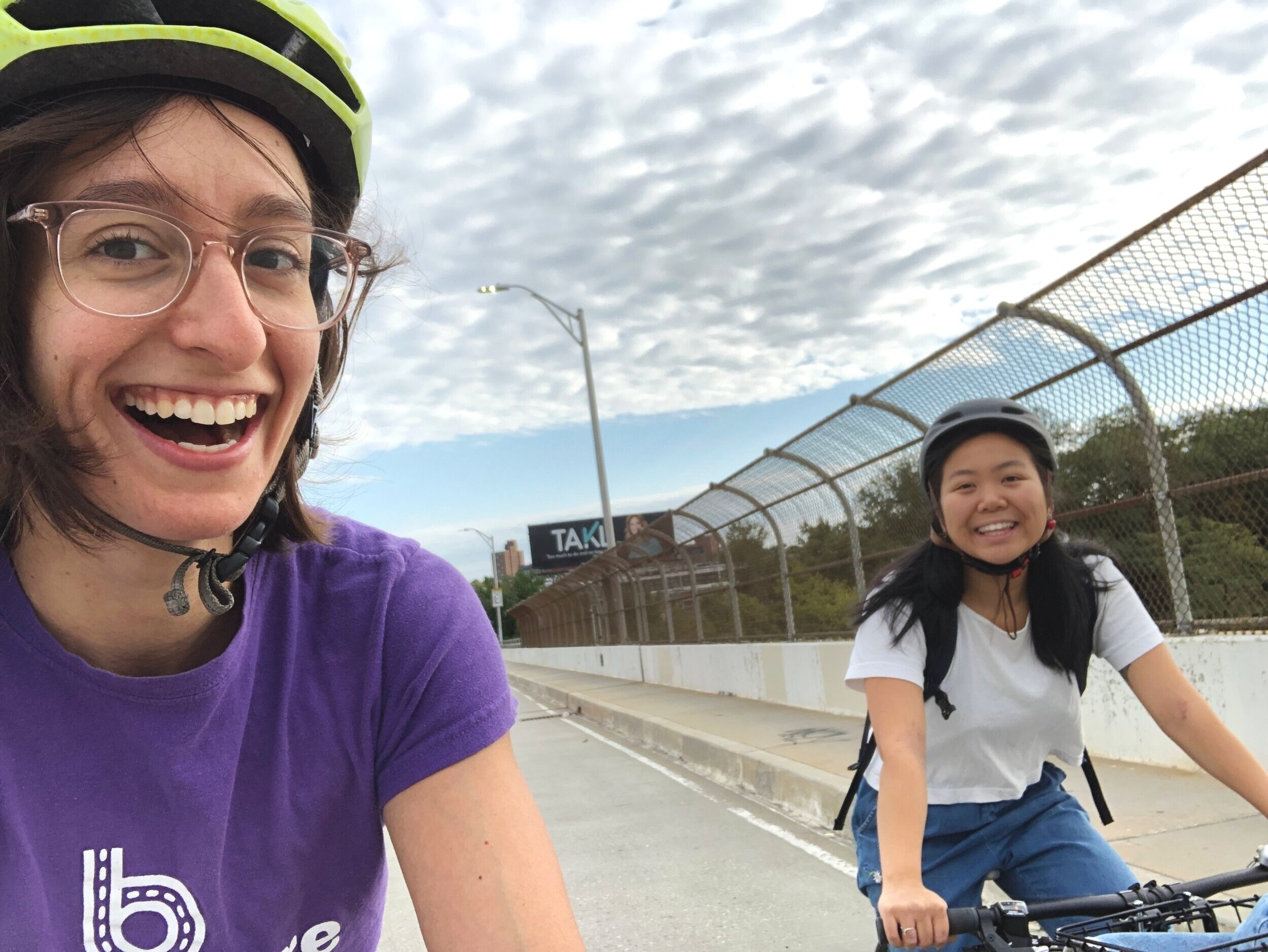video by Corey Jennings
Cranksgiving is an annual event that takes place in cities across the country, and it’s all about having fun and giving back. In Baltimore, this scavenger hunt/bike race/food drive sends teams of riders across the city to collect food items to benefit Moveable Feast and the Franciscan Center. Basically, it's all about collecting food for people and riding bikes with friends, new and old. This is Bikemore’s 5th Annual Cranksgiving!
Where is the food being donated?
This year, we’re continuing to work with two partner organizations. Moveable Feast fosters a community that cares for men, women and children living with HIV/AIDS, cancer and other life-threatening illnesses by preparing and delivering nutritious meals and groceries and providing nutritional counseling and other services. The Franciscan Center is Bikemore’s neighbor, and provides emergency assistance and supportive outreach to persons who are economically disadvantaged, including community meals and pantry bags, job readiness training, healthcare, transportation assistance and much more.
How can I register?
The best way to register is online before the event.
October 28 - November 8 | Early bird online registration
This is the only way to purchase a Cranksgiving t-shirt!November 8 - November 22 | Online registration
Makes check in at event way quicker!November 23 | On site registration
If you forget to register online or convince a friend last-minute to join, don’t worry — they can register on-site on the day of the ride.
If you have a team in mind already, make sure to mark your teammates names on your registration form. Or, sign up as a free agent and meet some new friends to ride with at the event.
How much does it cost to participate?
By design, Cranksgiving is and will always be a free event — meaning Bikemore will never charge registration cost to participate. We do ask that each person on a team bring $10-15 to help purchase food items on the list. But how much you are able to spend is entirely up to you!
What should I bring?
Working bike (if you have one)
Toolkit for repairing your or your teammates bikes (if you have one)
Bag to carry purchases (backpacks, panniers, baskets — whatever you have!)
$10-15 for purchasing food items we will donate
Bike lock for stopping at grocery stores
Don’t have a bike?
Don’t worry! RecnParks will be partnering with us and will be lending bikes at the event. To make sure we have a bike for you, register online and note on your form that you need to borrow a bike.
How far is the ride? Is there a set route?
We provide a list of specific grocery stores, and it’s up to each team to strategize and come up with a route. If you go to all the stops, your team might ride 15-20 miles, but many teams don’t make it to all the stops. And there are a lot of fun ways to get extra points that mean it’s not just the fastest teams that win!
Who can ride?
Anyone that can ride a bike - Cranksgiving is all about having fun! Of course, winning teams in their respective categories will be winning some sweet prizes from our sponsors (see below). We’ll also have special team categories for Youth/Family for teams with a rider under the age of 16, and a WTF category for women, trans, femme and non-binary teams.
What do you win?
Thanks to our prize sponsors, you could win prizes from any of these local companies!
I’m still confused. Who should I contact?
Check out the full FAQ here, and feel free to drop a line with Danielle, our Director of Community Partnerships at danielle@bikemore.net.
See you at Cranksgiving! Keep up with our social media to get updates on what fun prizes to expect (in case you or a friend needs the extra motivation to participate and win ;)).











